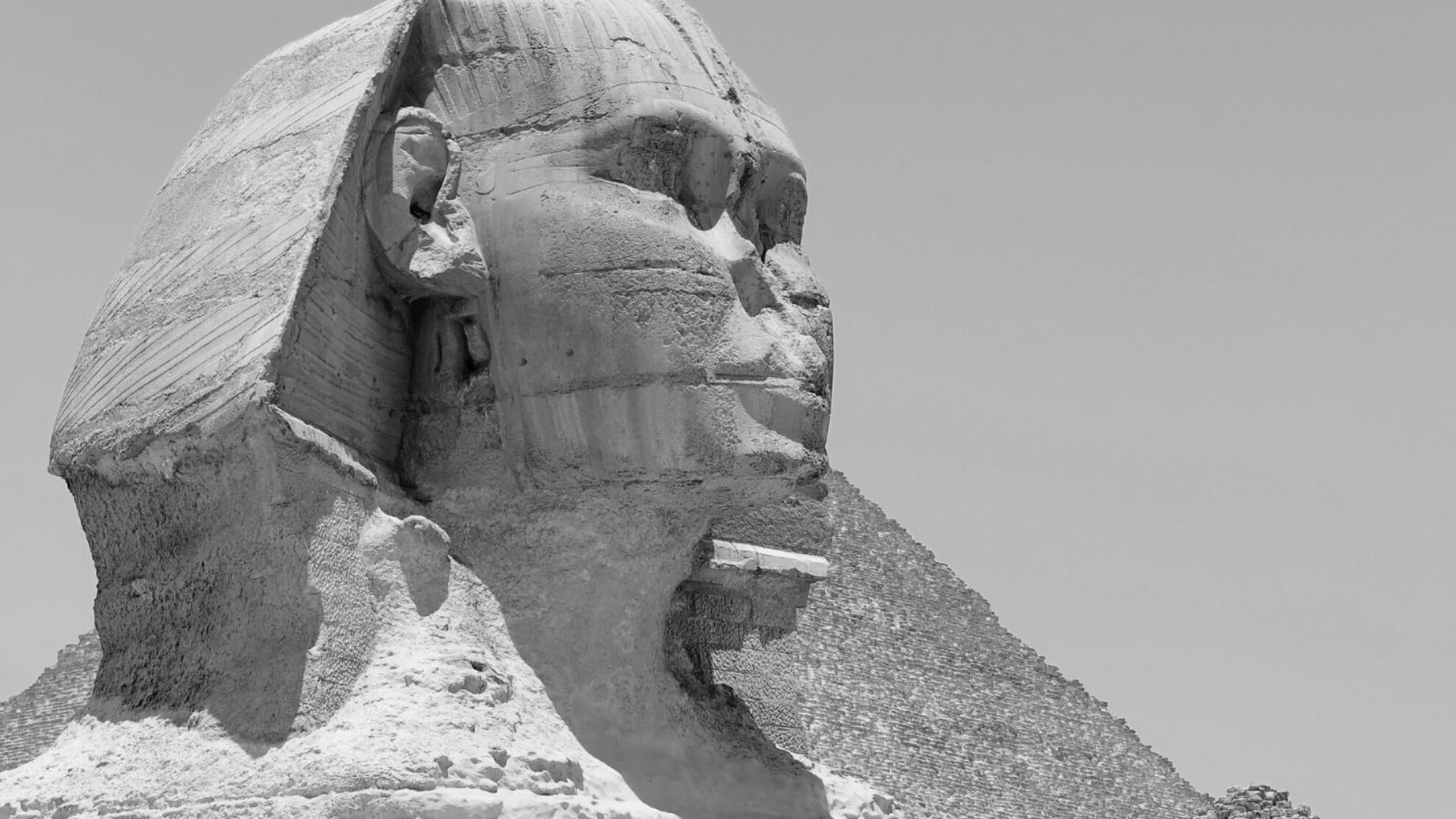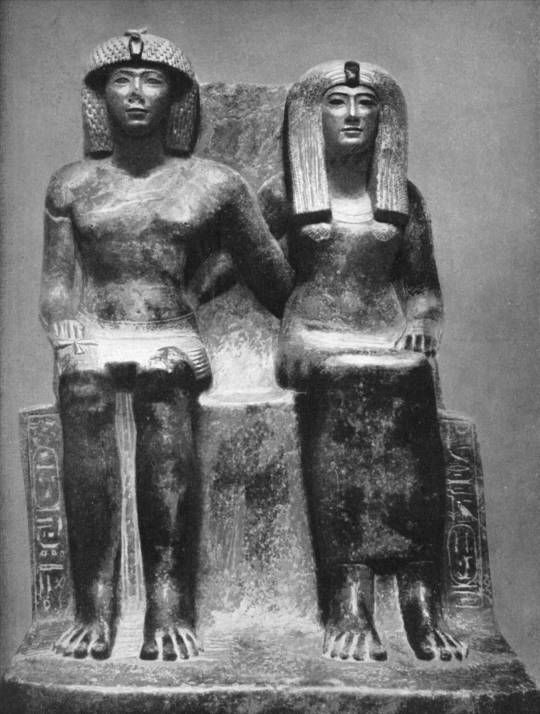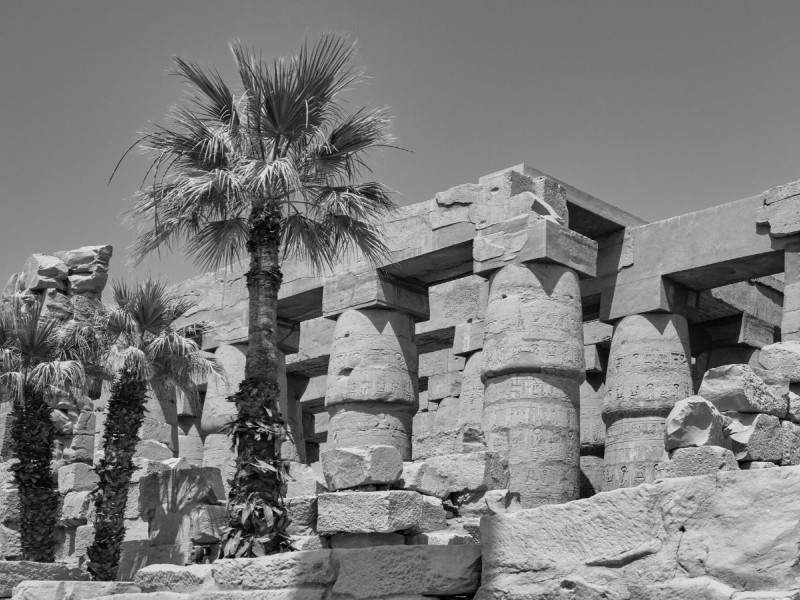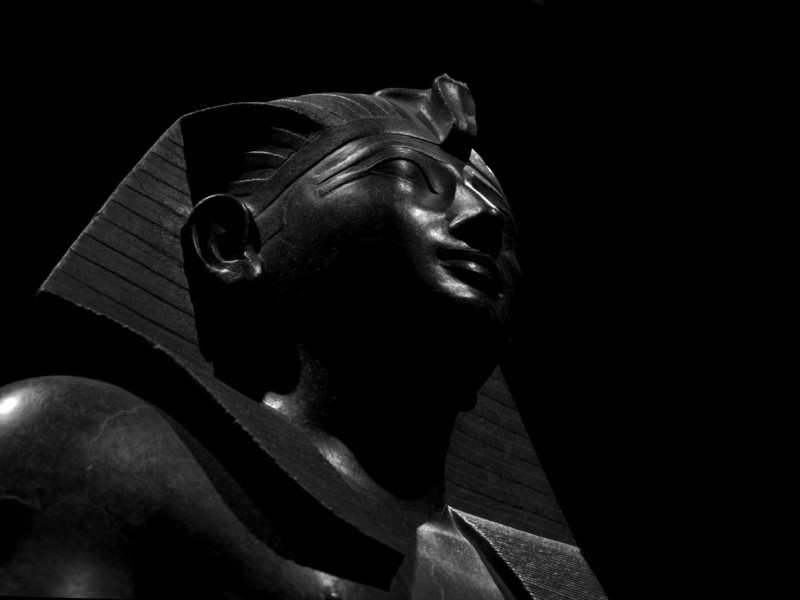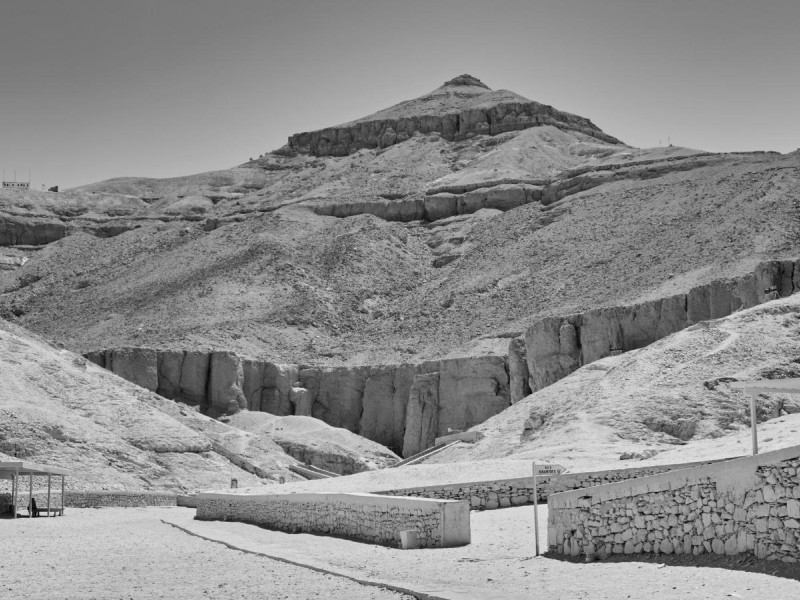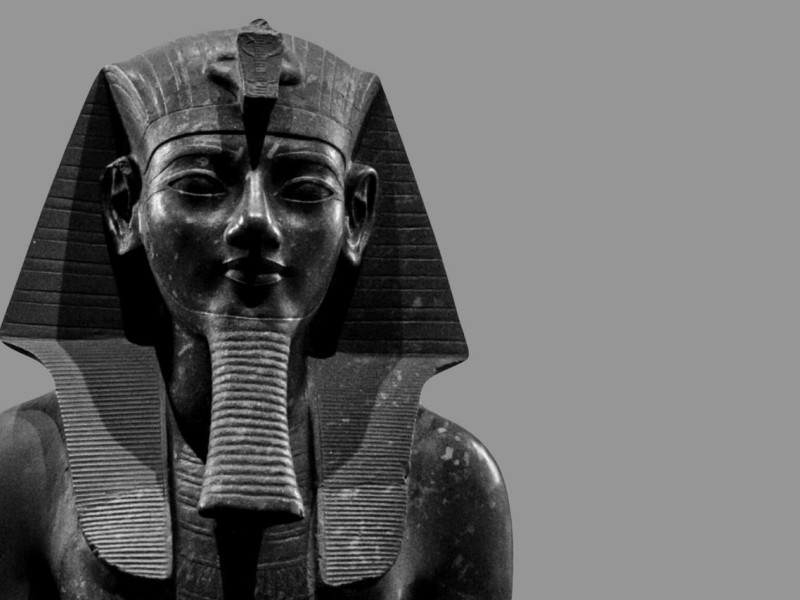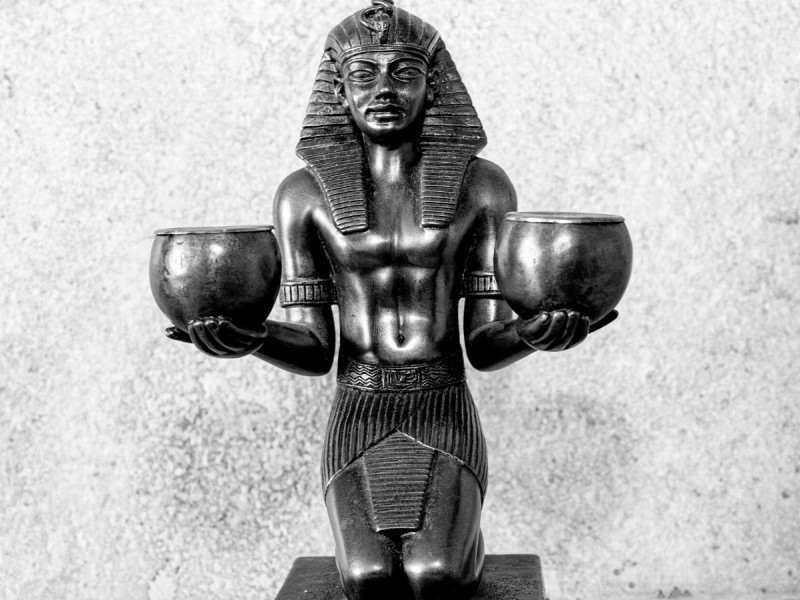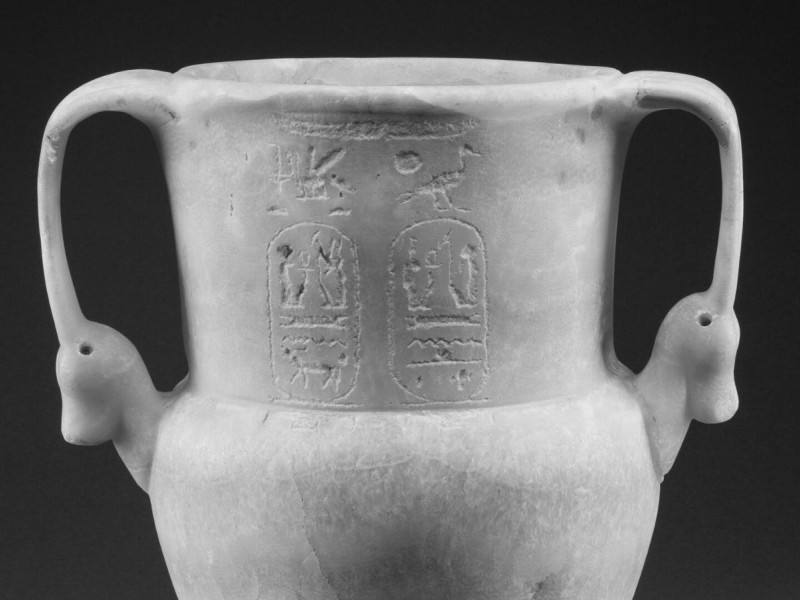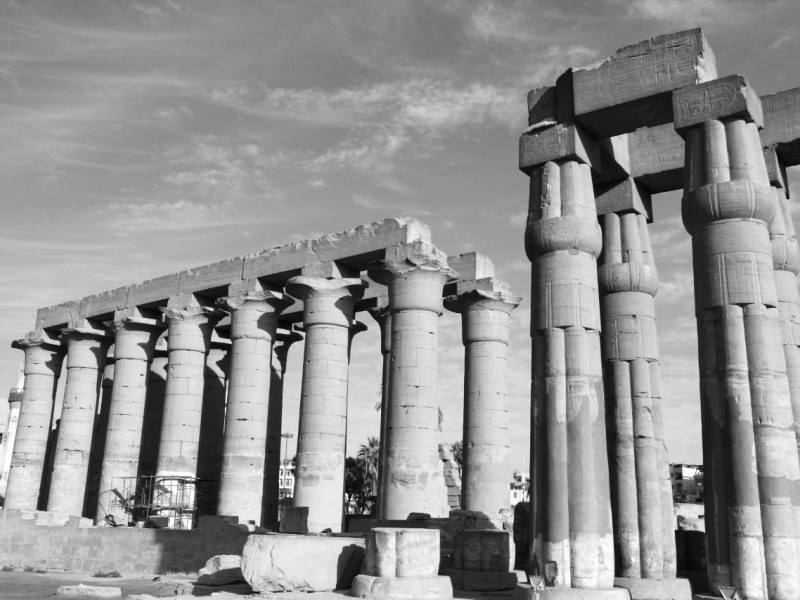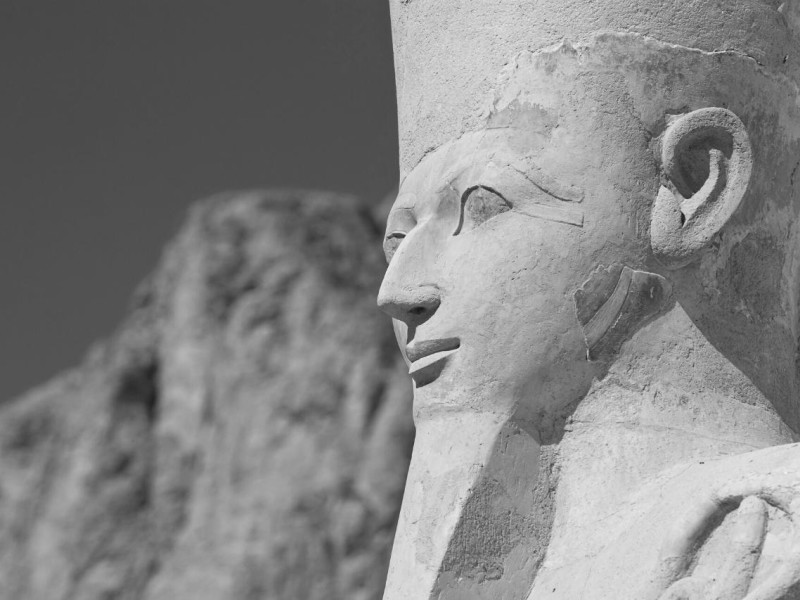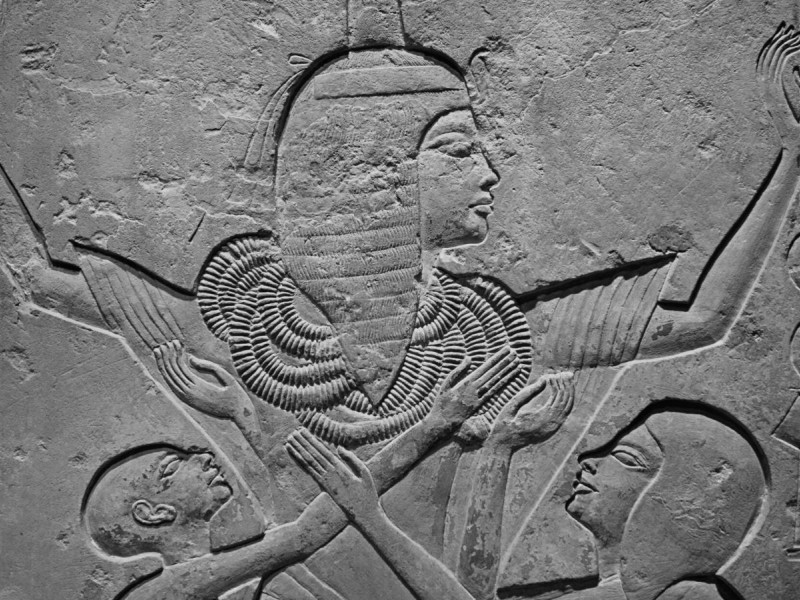Thutmose IV: The Pharaoh Who Came To the Throne Through His Dream
Thutmose IV (1401–1391 BC) came into power when Egypt was already recognized as a vast kingdom and known for its peace and prosperity. He succeeded his father, Amenhotep II, when the land was free from hostilities and revolt. His people all agreed that King Thutmose IV had made sure of fewer military campaigns in the land during his time to focus on the economy.
Needless to say, Thutmose IV or Thutmosis ruled Egypt with stability and affluence. He was the 8th pharaoh of the 18th dynasty of Egypt, which was a remarkable period estimated to be sometime in the 14th century BC. Some people thought that he had ruled for 35 years, but this claim was not given substantial evidence because of the limited monuments made during his term.
Thutmose IV was recognized as an exemplary and powerful king who led Egypt according to the tradition of the royal family. It was believed that his reign was marked with security, opulence, and power in Egypt, which was undeniably a prosperous nation at that time. You could tell the stability of the country because that time passed without terrible wars with their neighbors. Such an accomplishment was significant for a young king like King Thutmose IV.
Who Was Thutmose IV?
Pharaoh Thutmose IV was the son of Amenhotep II and Tiaa. He was born in Thebes and got married to Nefertari. He also had two other wives named Iaret and Mutemwiya. His children included three sons named Amenhotep III, Siatum, and Amenemhat and three daughters named Tiaa, Amenemopet, and Tentamun. In addition to these six recorded children, he had other children who grew up in Thebes and whose names are unknown.
His royal name was Menkheperure, which means “Everlasting are the Manifestations of Ra.” However, according to historical records, he was not the rightful successor of Amenhotep II.
You must consider some arguments concerning his kingship, including the controversy that he came into power only after the death of his older brother, the apparent heir to the throne. It was hard to speculate, but some historians claimed that Thutmose IV had usurped the throne to make sure that he would rule the kingdom.
To justify his ascent to the throne, Thutmose revealed his commissioning of the Dream Stele. He recalled that he went on a hunting trip. When he returned, he rested at the paw of the Sphinx, an enormous structure made by King Khafre many years back.
Archeologists have found a stele or a stone monument with a round top between the paws of the Sphinx inscribed with the fate of Thutmose IV as the future king. His brief rest at the stele made him sleep and dreamed of talking to the Sphinx. According to the entire story, the Sphinx asked Thutmose IV to clear the sand covering the creature’s enormous body; in return, he was promised that he would become the next king.
To accomplish this task, Prince Thutmose commissioned workmen to dig the sand and free the Sphinx. After that, he placed a mark that served as an instrument leading to his inauguration as king.
Little has been known about his reign, which lasted for only 10 years. One significant event that you could consider during his term was a minor military campaign against Nubia. Historians also noted his claim on his expedition against Syria, but there was no compelling evidence of this event.
How Did Thutmose IV Die?
Thutmose the Fourth suffered from an early death, which historians concluded to be caused by temporal epilepsy, a chronic disorder of the nervous system. Records have shown that other royal members of the 18th dynasty, such as Tutankhamun and Akhenaten, also died from the same disease.
Others recounted that Thutmose IV died from epilepsy associated with severe religious practice and spiritual vision, as described in the Dream Stele.
His body was buried in the Valley of the Kings, but it was later transferred to the mummy cache. Archaeologists described his body as extremely thin. He was approximately 5 feet 4 inches (1.64 m) or possibly even taller because his mummy had been damaged during the excavation.
After careful analysis by historians, they found out that he was seriously sick. With his reddish-brown hair parted in the middle, he looked like he had suffered a lot physically even before his demise. He was succeeded by Amenhotep III, his son.
Thutmose IV’s Legacy
To know the exact timeline of the reign of Thutmose IV, archeologists analyzed the astronomical dates that should have shown his name. It has been concluded that he reigned for only approximately 10 years, but Manetho contested that it was only 9 years.
During his reign, he devoted much effort to the reconstruction of the Great Sphinx of Giza and the restoration of the famous Dream Stele.
To fortify his dream, he placed a stele between the paws of the Sphinx to illustrate his royal destiny. To mark a more significant message, the stele featured a sphinx on either side. Historians stated that Thutmose IV did not carve the stele because it looked more recent; it could have been carved by priests.
Some historians have indicated that the priests carved the stele because they would like to emphasize the power of their priestly position in declaring the future of the people. They presented the stele as the most powerful sculpture at that time. People believed its power, and a great proof of that was the making of Thutmose IV as king.
Thutmose IV was able to suppress a poor attempt of the Nubians in the eighth year of his rule. He was also able to establish an alliance with the Mitanni people when he married a Mitannian princess, which solidified his commitment to peace and order in the region.
In short, the harmony he established with the Mitanni Empire was beneficial for Egypt’s security and commercial business as well. You could probably say that his stronger campaign was a truce with the Mitanni Empire as he started making the Mitanni Empire his trade partner.
Thutmose IV and His Grandfather’s Obelisk
The greatest accomplishment of Thutmose IV was the establishment of his grandfather’s obelisk. Historical records have shown it as the most bizarre obelisk in history, and Thutmose IV was instrumental in its reestablishment.
It is believed that it was kept in the temple in Karnak for 35 years, and nobody had the interest to erect the stone. You might ask why it was considered unusual.
First, it was the only obelisk presented as lying on its side for years. Second, all obelisks should come in pairs and be established at the front of the gate leading to the temple, but this obelisk was alone. With a height of 105 feet, you could tell that it was not enough to hold the accomplishments of the king. It was magnificent in design and length, which captured the heart of the king.
Thutmose IV’s Engineering Works
King Thutmose IV completed the eastern obelisk in Karnak that was initiated by Thutmose III. It was the tallest obelisk established in Egypt at that time.
Specifically, it was almost 35 yards (105 feet) high, and it was embellished with all the achievements of the king. This obelisk was not just a monument, but the epitome of the glorious life Egyptians enjoyed at that time.
He also built a peristyle hall with an outstanding design behind the eastern walls of the main temple in Karnak. Thutmose IV was consistent in his plans and designs. He also made a distinctive chapel that was solely for the people who could not enter the main Karnak temple. According to historians, it was a place where the god Atum listened to the worship and supplications of the people.
These constructions have been part of the magnitude of Thutmose IV’s legacy, but they have been damaged or destroyed in the succeeding generations. Fortunately, they have been restored by some scholars from France to rebuild the legacy of the ancient generation. Thutmose IV completed few but vital structures during his reign.
Conclusion
Thutmose IV came into power when Egypt was at the height of its affluence and political stability. He was considerably lucky to have ruled the country away from the threats of its neighboring nations.
Here are other key points about his legacy:
There was an argument that he was not the rightful heir to the throne, but he became a king as part of the story of the Dream Stele.
According to the story, Thutmose IV rested at the paw of the Sphinx, and the creature asked him to remove the sand covering its body with the promise of making him the king of Egypt.
It’s a mystical story that eventually resulted in his inauguration as the 8th king of the 18th dynasty of Egypt.
One of his greatest achievements was the establishment of his grandfather’s obelisk. It was a single obelisk that was lying on its side and represented the grandeur of his grandfather’s power.
With economic and political security, the country enjoyed freedom and peace during his reign.
Thutmose IV ruled Egypt with full authority emanating from his glorious dream at the paw of the Sphinx.
